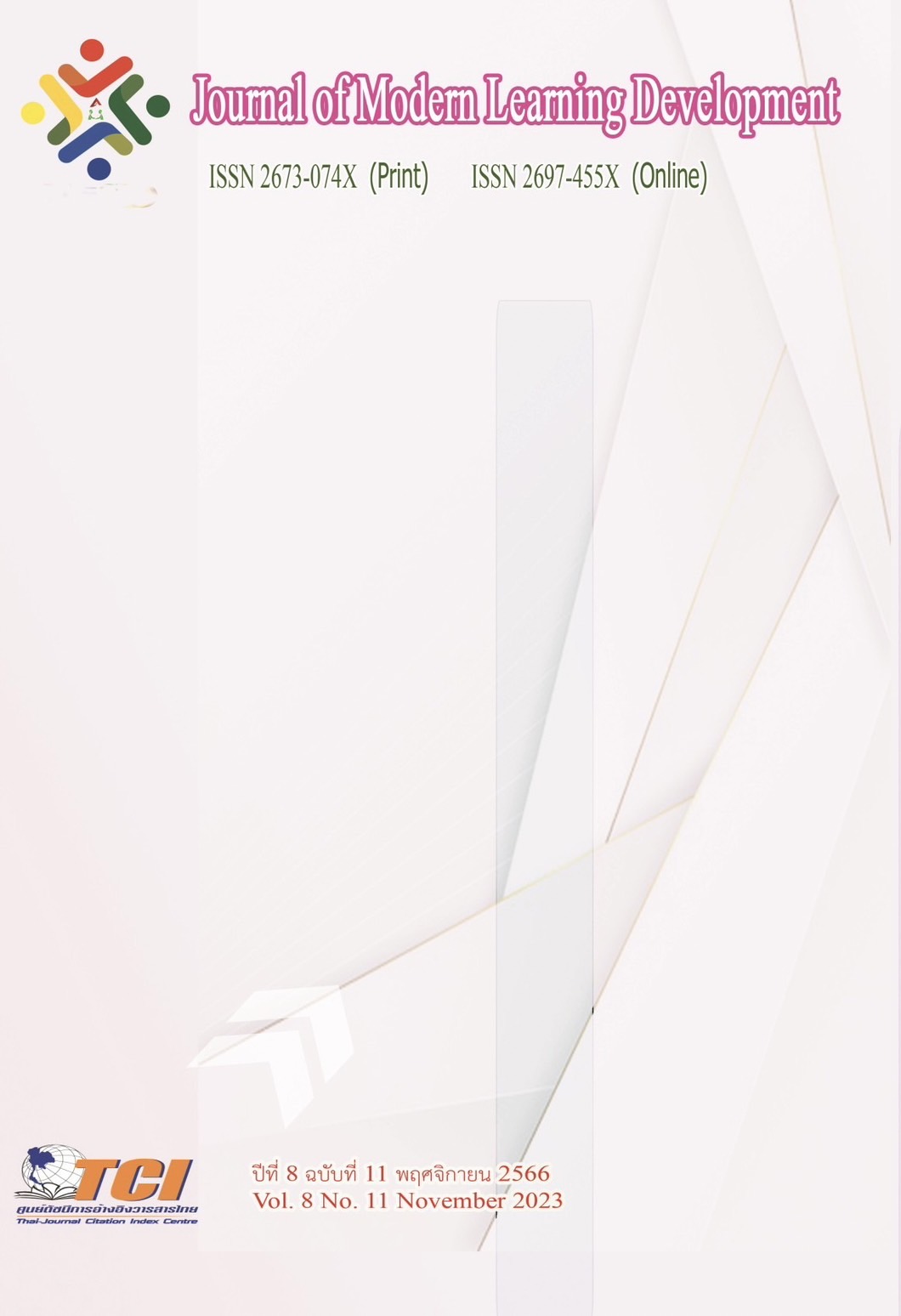The Research on the Influence of Top Management Team Heterogeneity on Enterprise Technological Innovation
Main Article Content
Abstract
This paper examines the relationship between the heterogeneity of the TMT and the company's technological innovation. The data comprising of ChiNext companies from 2012 to 2019 are selected and a system of structural equations are estimated for the study.
From three aspects of heterogeneity, this paper suggests that gender and age heterogeneity have a significantly negative correlation with enterprise technological innovation, and occupational background heterogeneity has a positive effect on enterprise technological innovation. The paper also finds evidence suggesting that the ownership concentration plays a moderating role between the heterogeneity of the TMT and the company's technological innovation.
Article Details
References
Hambrick, D. C., & Mason, P. A. (1984). Upper echelons: the organization as a reflection of its top managers. Academy of Management Review. 9 (2), 193-206.
Lin, C., Lin, P., Song, F. M., Li, C. (2009). Managerial incentives, CEO characteristics and corporate innovation in China’s private sector. Journal of Comparative Economics. 39 (2).
Yanfei S. (2015). The Research of the Heterogeneity of Social Responsibility View of Top anagement Team on the Impact of Enterprise Strategic Decision. Advances in Economics and Business. 3 (5).
Tanikawa, T., Kim, S., Jung, Y. (2017). Top management team diversity and firm performance: exploring a function of age. Team Performance Management: An International Journal. 23 (3/4).
Cui Xiaoyu, Chen Chunhua, Su Tao. (2018). The relationship between TMT heterogeneity and organizational performance: A meta-analysis test. Management Review. 30 (09), 152-163.
Gul, F.A., Srinidhi, B., Ng, A.C. (2011). Does board gender diversity improve the informativeness of stock prices? Journal of Accounting & Economics. 51 (3), 314-338.
Wang Deying, Liu Jianhe. (2011). Research on the relationship between TMT characteristics and enterprise technological innovation. Research Management. 32 (07), 45-52.
Sperber, S., Linder, C. (2018). The impact of top management teams on firm innovativeness: a configurational analysis of demographic characteristics, leadership style and team power distribution. Review of Managerial Science. 12 (1). 285-316.
Wu Xiaobo, Sui Yihong, Cheng Xiaoxin. (2015). The Heterogeneity of Top management teams and the Degree of Internationalization of Chinese Enterprises: An Empirical Study Based on the Data of Chinese A-share Main Board Listed Companies. Journal of Xidian University (Social Science Edition). 25 (02), 1-8.
Duan Haiyan. (2017). Research on the Influencing Factors of Enterprise Continuous Innovation. Science and Technology Progress and Countermeasures. 34 (15), 87-93.
Liu Yunguo, Liu Wen. (2007). Executive tenure and R&D expenditure of listed companies in my country. Management World (01), 128-136.
Wen Fang, Hu Yuming. (2009). Personal Characteristics of Chinese Listed Company Executives and R&D Investment. Management Review. 21 (11), 84-91.
Zheng Mingbo. (2019). Executives' overseas experience, professional background and technological innovation of enterprises. China Science and Technology Forum. (10), 137-144.
Li Jing, He Xiaogang. (2012). Ownership Concentration and Innovation Performance: A Comparative Study of State-owned Enterprises and Family Enterprises. Business Economics and Management. (10), 40-51.
Shleifer, A., Vishny, R. W. (1997). A Survey of Corporate Governance. Journal of Finance. 52. (2), 737-783.
Baysinger, B. D., Kosnik, R. D., Turk, T. A. (1991). Effects of Board and Ownership Structure on Corporate R&D Strategy. The Academy of Management Journal. 34 (1), 205-214.


